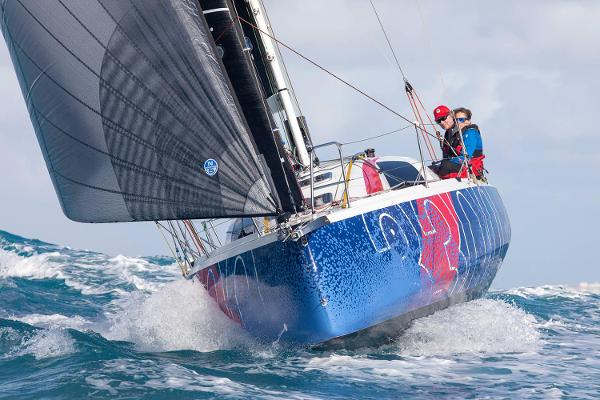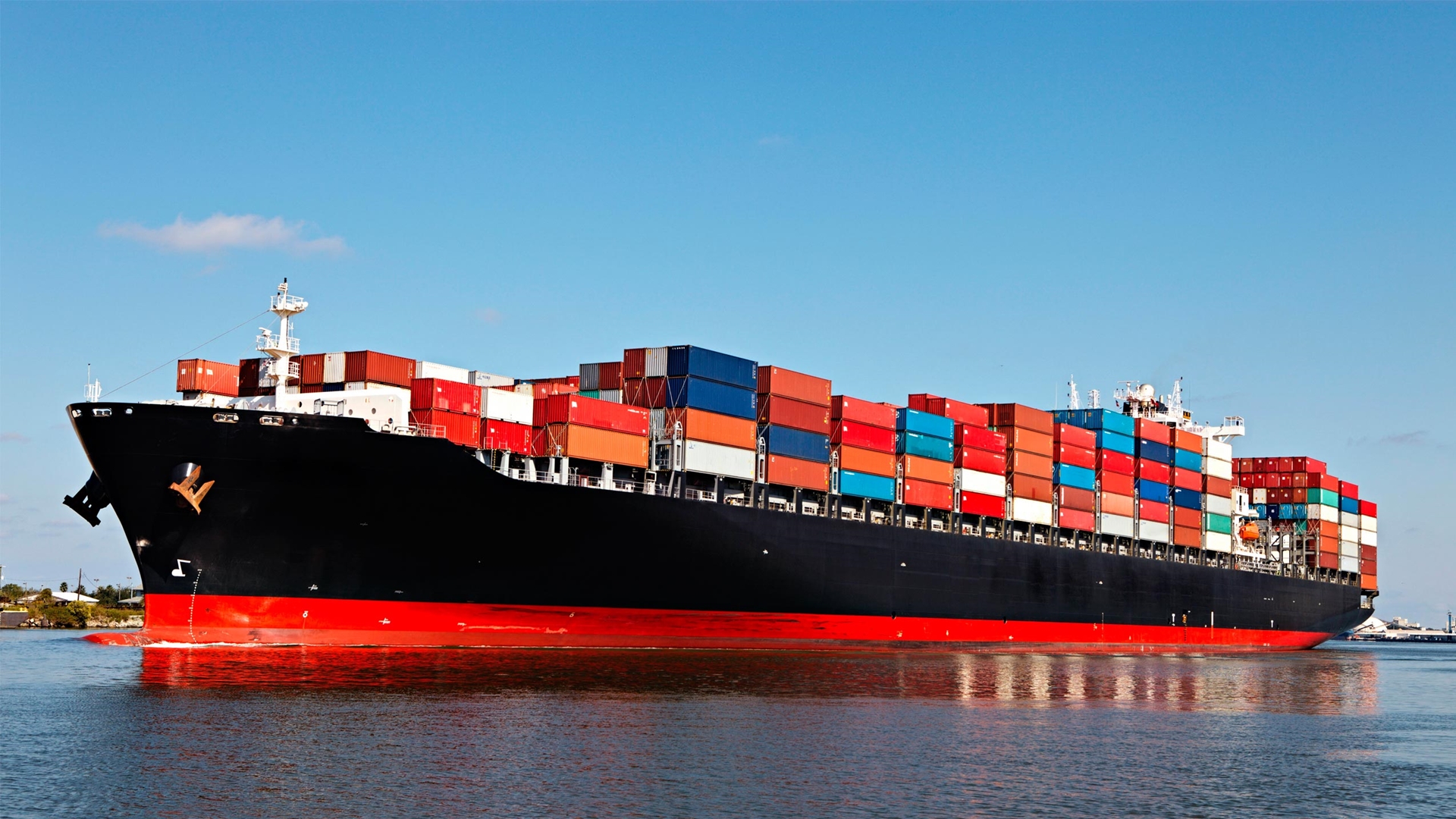A racing yacht is a vessel designed specifically for the sport of competitive sailing, crafted to achieve maximum speed, agility, and performance on the water. These yachts are the ultimate blend of advanced technology, skilled craftsmanship, and cutting-edge design, tailored for high-speed races, such as the prestigious America’s Cup or the Volvo Ocean Race. Whether built for inshore or offshore races, racing yachts are engineered to navigate through challenging conditions at remarkable speeds, pushing the boundaries of what is possible on the water.
In this article, we’ll explore the world of racing yachts, from their design and features to the exciting events that showcase their prowess. Whether you’re a sailing enthusiast or a newcomer to the sport, the world of racing yachts is a thrilling domain of innovation and skill.
What is a Racing Yacht?
A racing yacht is a type of sailboat designed primarily for speed and agility in competitive sailing. Unlike recreational yachts, which prioritize comfort and leisure, racing yachts are built with the singular goal of winning races. These yachts are characterized by their lightweight construction, optimized hull designs, high-performance sails, and specialized equipment, all of which contribute to their ability to navigate through various water conditions faster than any other vessel.
Racing yachts come in various sizes and types, from small dinghies to large multi-hull boats, each designed for specific racing environments, such as short courses, long-distance ocean races, or even offshore regattas.
Key Features of Racing Yachts
Racing yachts are built with features that maximize speed, handling, and stability, allowing sailors to gain every advantage in a competitive race. Here are the defining characteristics of these advanced vessels:
1. Lightweight Construction
One of the most crucial factors in a racing yacht’s performance is its weight. To maximize speed, racing yachts are made from lightweight yet durable materials, often using cutting-edge composites such as carbon fiber or fiberglass. These materials offer the strength needed for the yacht’s structure while minimizing weight, allowing for better speed and efficiency.
- Carbon fiber: Carbon fiber is one of the most popular materials for racing yachts due to its lightness, stiffness, and strength. It’s commonly used for hulls, masts, and other structural components.
- Fiberglass: Fiberglass is another material commonly used in the construction of racing yachts due to its durability and versatility, though it is slightly heavier than carbon fiber.
2. Optimized Hull Design
The hull design of a racing yacht is critical to its ability to cut through the water with minimal resistance. Racing yachts typically have sleek, streamlined hulls that reduce drag and increase speed. The hulls are designed to maximize lift and stability while minimizing the energy required to move through the water.
- Monohull: Many racing yachts are monohulls, meaning they have a single hull, designed for speed and efficiency on the water. Monohulls often feature sharp, pointed bows, deep keels, and flat or rounded sterns to reduce water resistance.
- Multihull: Some racing yachts, especially in events like the America’s Cup, use multihulls (such as catamarans or trimarans). These vessels have two or more hulls, offering greater stability, speed, and maneuverability. Multihulls are ideal for faster, more dynamic races and can achieve extraordinary speeds due to their design.
3. High-Performance Sails
The sails on a racing yacht are designed to capture as much wind as possible while reducing drag. These sails are often made from lightweight, high-tech materials, such as Mylar or Dyneema, and are optimized for speed.
- Large mainsail and jib: Racing yachts typically feature large mainsails and headsails (jibs) that allow them to capture wind efficiently. The size and shape of these sails are designed to maximize performance during various points of the race.
- Spinnakers: In downwind races, a spinnaker is often used. This large, colorful sail is designed to catch the wind at its most efficient angle, helping the yacht gain speed on downwind legs of the race.
The ability to adjust the sails for various wind conditions is one of the most important skills a racing sailor must master. Racing yachts are equipped with advanced rigging systems that allow sailors to make rapid adjustments to sails while racing at high speeds.
4. Advanced Steering and Control Systems
Racing yachts are designed to be highly responsive, with steering systems that provide precise control in challenging conditions. Modern racing yachts often feature hydraulic or electric steering systems, which allow sailors to make rapid, precise turns even under heavy loads.
- Wheel or tiller: Some racing yachts use a wheel for steering, while others use a tiller. The choice of steering system is often based on the size and design of the yacht, as well as the preferences of the crew.
- Control lines and winches: Racing yachts are equipped with numerous control lines (ropes) that adjust the sails, rudders, and other components. Winches are used to apply tension to these lines, allowing the crew to fine-tune the yacht’s performance.
5. Specialized Keel and Ballast Systems
To keep the yacht balanced and stable during high-speed racing, racing yachts often feature specialized keels and ballast systems.
- Deep keels: A deep keel helps stabilize the yacht by preventing it from tipping over when the wind is strong. The keel also adds lift, helping the yacht “cut” through the water efficiently.
- Ballast: Some racing yachts incorporate ballast to lower the center of gravity and improve stability. This ballast may be fixed or adjustable, depending on the design of the yacht.
6. Minimalistic Interiors
Unlike luxury yachts, racing yachts have minimal interiors, focusing instead on reducing weight and maximizing space for the crew. Most racing yachts have small, functional cabins and cockpit areas where the crew can store equipment and rest between races.
- Open cockpit design: Racing yachts typically feature open cockpits that allow the crew to move freely and interact with the controls. These yachts are all about performance, so comfort is secondary to speed.
Famous Racing Yacht Events
Racing yachts are at the heart of some of the world’s most prestigious sailing events. These events showcase the incredible performance and skill involved in competitive yacht racing, and they attract top-tier sailors and crews from around the world.
1. The America’s Cup
The America’s Cup is the oldest and most famous international yacht racing event, dating back to 1851. It features high-performance yachts, often designed specifically for the competition. The race involves challenging conditions and requires cutting-edge technology, making it one of the most prestigious events in the yachting world.
- The America’s Cup is typically contested in monohulls or multihulls and includes complex tactics, boat design innovations, and world-class sailing techniques.
2. Volvo Ocean Race
The Volvo Ocean Race (now known as The Ocean Race) is one of the longest and most grueling offshore yacht races. It involves racing around the world, crossing vast oceans, and navigating through extreme weather conditions. Racing yachts used in this event are designed for endurance, speed, and survival.
- Yachts that compete in this event are built for long-distance racing and can withstand the rough conditions of the world’s oceans.
3. The Sydney to Hobart Yacht Race
The Sydney to Hobart Yacht Race is one of the most challenging offshore races in the world, held annually between Sydney, Australia, and Hobart, Tasmania. The race is known for its unpredictable conditions and strong winds, testing the resilience and skill of racing yacht crews.
4. The Fastnet Race
The Fastnet Race, organized by the Royal Ocean Racing Club, is a prestigious offshore race that spans from the Isle of Wight, around the Fastnet Rock off the coast of Ireland, and back to the UK. It is a test of both speed and endurance, with competitors facing challenging conditions in the Celtic Sea.
Benefits of Racing Yachts
Racing yachts offer several advantages beyond their high-speed performance:
1. Thrilling Experience
Sailing a racing yacht is an exhilarating experience. The speed, precision, and competition create an unmatched sense of excitement on the water. Whether racing against fellow competitors or simply experiencing the thrill of high-speed sailing, racing yachts offer an unforgettable experience.
2. Cutting-Edge Technology
Racing yachts are at the forefront of maritime innovation. Their designs and technologies often push the boundaries of what is possible, with advancements in materials, rigging, and aerodynamics that influence the broader yachting industry.
3. Developing Sailing Skills
Racing yachts are ideal for sailors looking to improve their skills. The fast-paced nature of racing requires sailors to be highly skilled in navigation, sail handling, and teamwork. For those seeking to develop their abilities, racing yachts offer a challenging and rewarding environment.
Conclusion: Racing Yachts—A Blend of Precision, Speed, and Skill
Racing yachts represent the pinnacle of sailing performance, offering a thrilling combination of speed, precision, and cutting-edge design. Whether competing in prestigious events like the America’s Cup or simply enjoying the rush of a weekend regatta, racing yachts continue to captivate sailors with their performance and innovation.
From their lightweight construction and optimized hulls to their advanced control systems and high-tech sails, racing yachts showcase the best of what modern sailing has to offer. For those looking to push the limits of speed and enjoy the art of competitive sailing, racing yachts remain the ultimate choice on the water.





